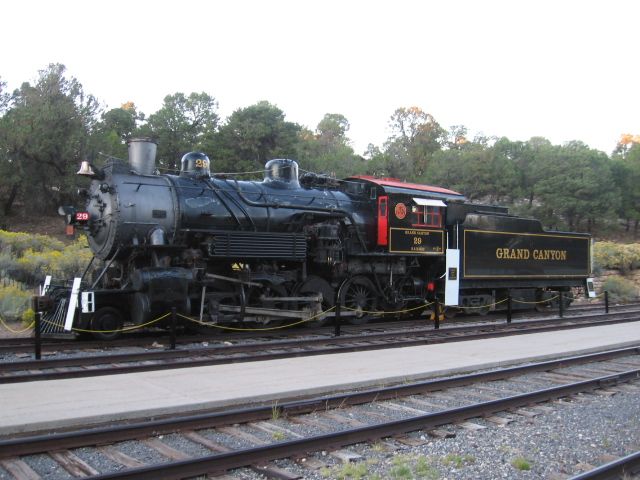I have found two distant photos of the smelter at Durango, Colorado, that processed a lot of the ores from Silverton and other mines. One is from the 1890's, and another from WWII period when it was processing ores for uranium. I couldn't find any better or closer photos on the net, and I am surprised a book has not been done on this smelter, given the history of the railroads around and from Silverton mines that must have delivered ore to it for processing. Geneal Palmer, who built the D&RGW was involved in building this smelter, having bought one in Silverton and moved its components to Durango. I first visited Durango in the 1950's, to 1957, remember nothing about seeing the smelter, which closed in 1963. I did not get back again until 1966, and still remember nothing about the smelter, and never thought of it on those trips. Wish I had. It has since become a Superfund site and totally been cleaned off due to radon, and all dumped into a quarry out of town, I understand. Anybody aware of a source that has good photos of this complex? The early smelter looks much larger than the later that processed uranium ores. Track plans among buildings would be interesting, map of the site, etc.







